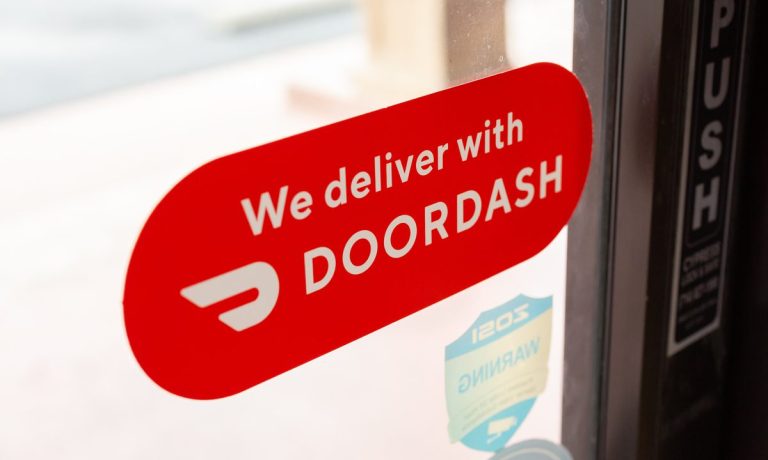
As DoorDash, the U.S.’s leading aggregator, looks to retain (and grow) its share of the digital ordering market in the face of growing competition from direct channels, the company is unveiling new tools to address restaurants’ anxieties about going through third parties.
One of the main challenges that restaurants face when their digital businesses primarily rely on third-party channels is that they do not have the same visibility into customers’ behavior as they would if they owned the transaction and could analyze the data through their own customer relationship management (CRM) systems. In an effort to mitigate these concerns, DoorDash announced Monday (Aug. 22) that it is launching a Customer Insights tab in its Merchant Portal and Business Manager App.
The tab offers information about the types of customers ordering from that merchant, about locations where they live and about how better to market to these customers. The launch comes as one of several updates to the aggregator’s suite of services for merchants announced Monday in response to feedback from its users.
“Our goal is to give restaurants more opportunities to grow, be more profitable, and operate efficiently in today’s online convenience economy,” Tom Pickett, the aggregator’s chief revenue officer, said in a statement. “We’re only successful when our partners are successful — we hope this new framework gives them the guidance and tools they need to grow.”
Early in the pandemic, the need for restaurants to rapidly become available via digital channels made it such that, instead of building towards a carefully thought-out long-term omnichannel strategy, many quickly got onto third-party aggregators and relied on these marketplaces for all their digital sales. In the past couple of years, however, restaurants have had the opportunity to become more deliberate about their digital offerings, with many turning their focus to direct ordering channels. These direct channels in turn equip restaurants to drive sales more effectively.
“By understanding the individual guest’s participation in [our] loyalty program and purchasing behaviors better, we’ve started engaging them better — by connecting with them through personalized CRM and offers,” Tim Hortons Canada Senior Director of Digital and Loyalty Sales Ernest Choi told PYMNTS in an interview.
Read more: Tim Hortons Says Loyalty Programs Open Customer Channel Beyond the Restaurant
In fact, restaurants appear to be successful in these efforts, with direct channels accounting for the majority of digital orders. Last month’s edition of PYMNTS’ ConnectedEconomy™ series, “The ConnectedEconomy™ Monthly Report: The Rise of the Smart Home,” which drew from a May survey of more than 2,600 United States consumers, found that 53% had ordered pickup or delivery from a restaurant’s website or in the prior month. In contrast, only 43% had ordered food for same-day delivery via a restaurant aggregator.
Get the study: The Rise of the Smart Home
By addressing the concerns that are precipitating this shift, DoorDash may be able to slow it down. Plus, by equipping restaurants that do not yet have the ability to effectively use customer data on their own with tools to boost digital performance, the aggregator may be able to keep its offerings at the heart of many small brands’ digital strategies.